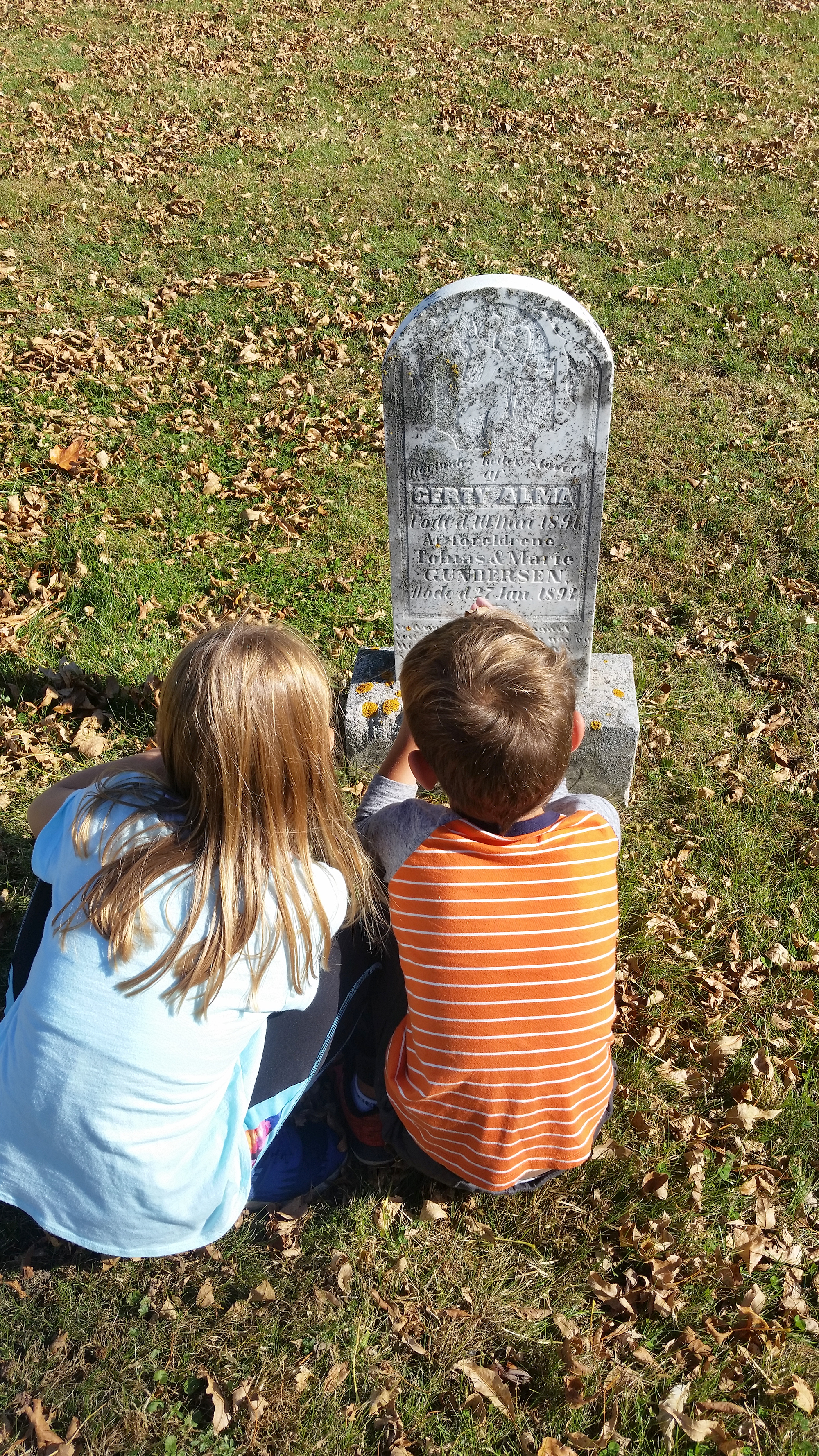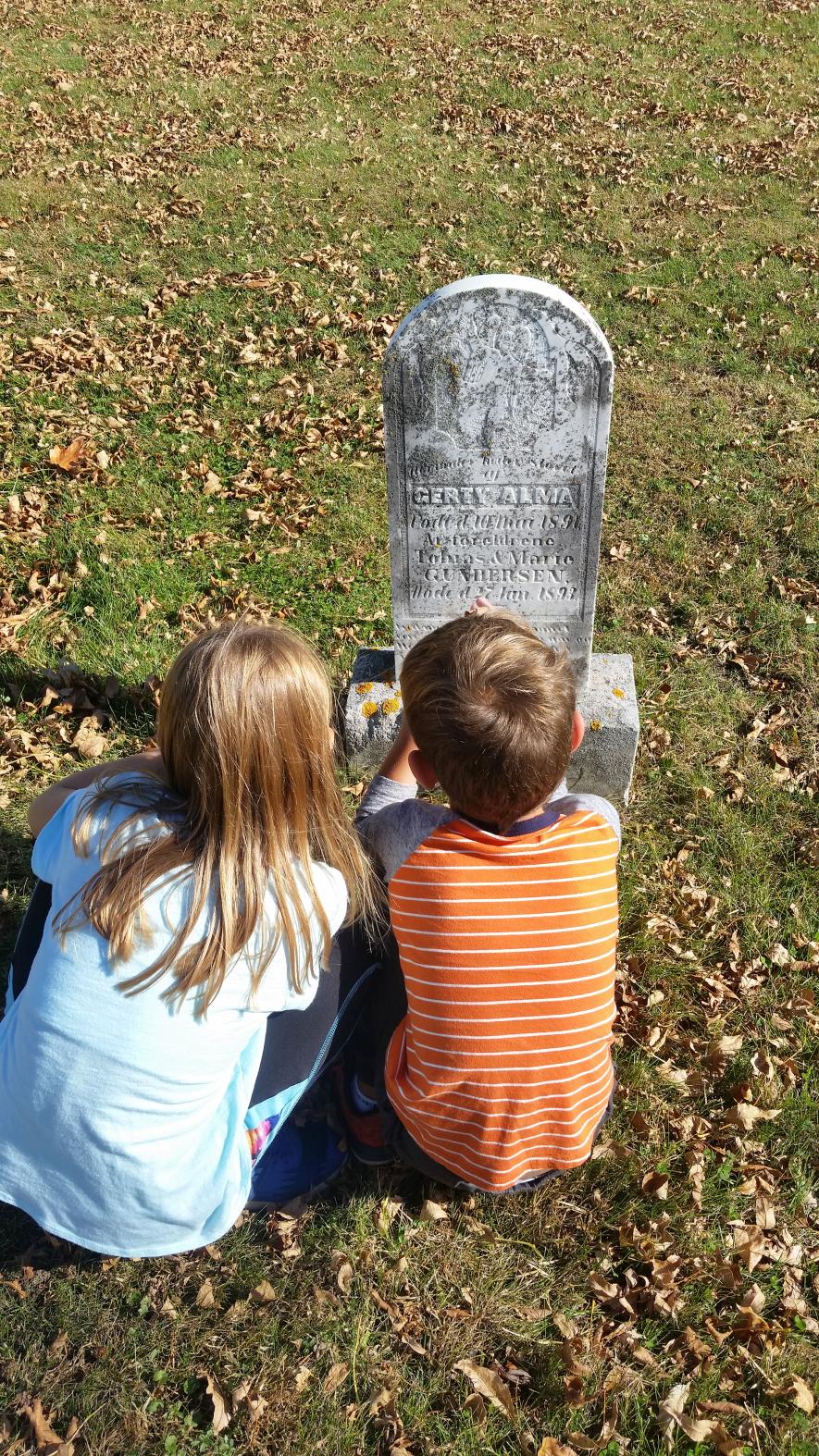
It has become a tradition for my niece and nephew to come to Luverne and stay at their grandparents’ house over MEA break each October.
It works really well for this teacher uncle, who also has those days off.
This year, MEA break was blessed with some of the most beautiful weather of the year.
Grandpa and grandma had out-of-town plans on Saturday, so it was just the three of us to enjoy the nice day.
The kids, 8 and 6 years old, like the pocket park on James Street that we call “Yogi Bear Park” because of the Yogi-themed teeter-totter.
So, we headed out on foot on the Luverne Loop toward the park.
The kids visiting from the Twin Cities, and the guy in his own hometown, were seeing Luverne in a new way as we walked.
Before we reached the park, the kids noticed the very old gravestones in the cemetery near the Loop path.
I have known for years about the old “Norwegian Cemetery” that is in the back (northwest) corner of St. Catherine’s Cemetery, but I had never been up close to the more-than-a-century-old headstones.
As soon as we walked up to the stones, my niece and nephew noticed something very interesting: most of the writing was in a different language.
Their teacher uncle began to explain how that writing was in Norwegian. I was all ready to start a short, local immigration history lesson right there in the grass.
Instead, the third-grader and kindergartner took the lead.
They got up close to read the words and began to ask and answer their own questions.
The third-grader told her brother how the child who lived from 1901 to 1903 was only two years old when she died.
The kindergartner, closely inspecting this language that was both similar and yet very different from the one he’s learning to read in school, noticed the Norwegian words for “born” and “died” were found on many of the headstones.
The kids noticed similar family names, but that they were often written in front of the Christian names.
Chase found the oldest person in the group, born in the 1840s. Olivia noticed the stones often included the town or region that the deceased were born in or came from.
As we walked back home, I asked the kids why they thought the words on the headstones were written in a different language than English.
They answered, “So that their moms and dads could read who was buried there,” obviously still thinking of the young children whose graves we had visited.
I was proud.
They had learned more about immigration and empathy than I could have taught.
It’s a beautiful thing to learn important life lessons hidden right in your own hometown — with the people you love.



